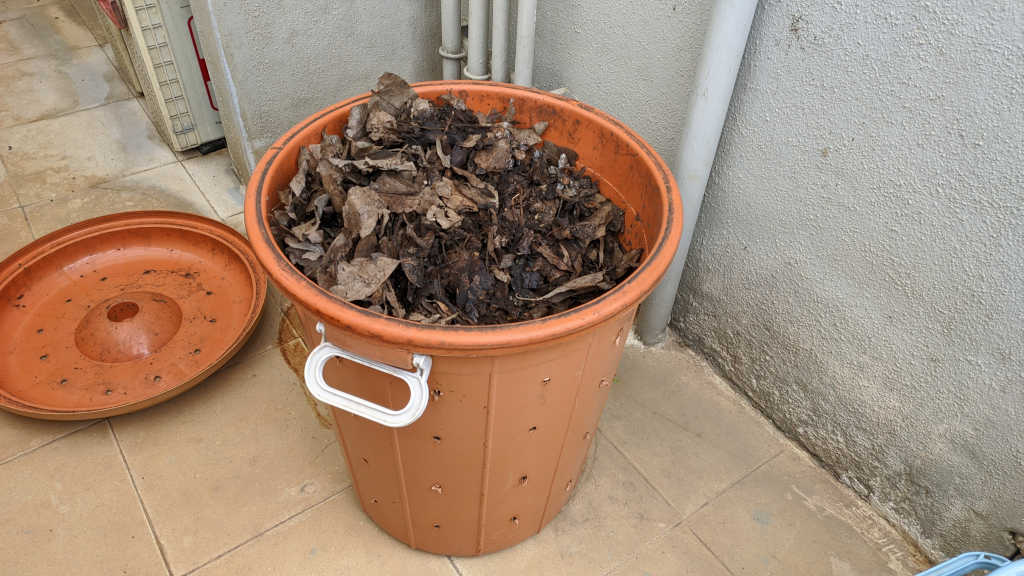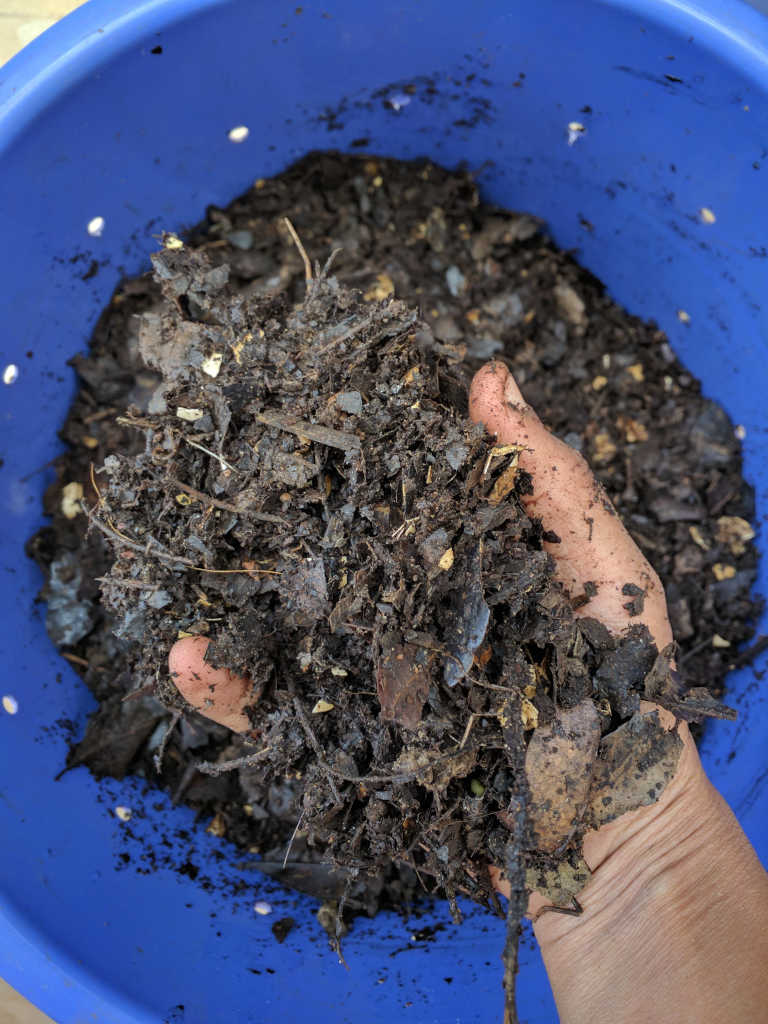How To Make Homemade Compost
Most of us can manage our wet wastes at home instead of disposing them at the landfills. Have you ever passed by one of those waste disposal centers that make us close our nose and car doors? Almost all of us are responsible for that. I am not aware of how many developed countries actually do manage their wastes (I am not good with statistics or numbers as such), but I firmly believe India is definitely not one of them. Our stinking drains and over-spilling garbage on roads is almost an integral part of our lives. I can't tell exactly when this realization hit me that I too am a contributor of the same and have to do something about it.
Why do anything at all? It really stuck with me that lots of laborers spend hours collecting our waste and earn meager amount of money doing it. Neither do we appreciate the work they do nor do we have the apathy to understand the pain of those people when they have to collect our stink. We all know what is the right thing to do in all aspects of life, yet, we choose not to. Why me? Not my priority, sort of thinking. We are leaving pretty unclean conditions for our next generations. I don't really want to give that sort of a future to my child. That drives me to do a little more almost all the time. If we learn to do wet and dry waste management, our earth would be little cleaner.
Types of composting
There are multiple ways of composting. One could do aerobic composting (in-situ or buckets), anaerobic composting, worm composting, and few more options. I wanted to do something simple that is easy to manage. If you have access to brown materials, meaning dry leaves, cardboard boxes, saw dust, or red soil, aerobic composting is an easy option to start with. You can find lots of information on Google and Instagram. If you need hand-holding, do reach out to me.
Aerobic composting can be done in-situ, meaning, you can have some fixed pits or pipes that don't need to be moved. Another method is to use buckets or pots (Khambas). I chose the buckets method because they are easy to do. Pipes or pit composting is a good option for folks who have lot of space (farm or land). Those that live in apartments or communities can try out buckets or pots method. Basic rule of this bucket type of composting is that you need to have ample air circulation so that aerobic bacteria can digest the waste.

How to do aerobic composting
Depending on the size of your family, choose the number of buckets or pots. For a family of five, I have four buckets, two small and two big. These are not hard and fast rules. Start slow, get used to it, and then customize for your needs. Make holes in all the buckets for good amount of air circulation (refer to the video later in the post).
For every handful of wet waste, you need to put two handful of brown materials. Wet waste in composting terminology are called green materials. I have a small container that gets filled on a daily basis with vegetable, egg, and fruit peels. I empty this daily waste into one of the two small buckets. Once they reach the capacity, I empty it into one of the two bigger buckets. I carry on swapping the smaller buckets until the big bucket is full. Once full, I leave it for 30-45 days, in which almost all the waste gets decomposed to black gold.
Things to remember
All the greens have some water content. The browns absorb all the moisture. In ideal conditions, the reaction would completely digest or degrade the materials. But that rarely happens. So keep these things in mind
- If you add lots of greens and less browns, your compost will start leaking out wet liquid, called leachate. This is very rich in minerals and very good for plants. However it is stinky. To avoid that, you need to either keep removing this liquid, or maintain a good balance between greens and browns. If you add excess browns, nothing bad happens.
- If you keep adding layers of greens and browns but don't frequently mix them, the top layers may become dry and the bottom layers soggy. These are ideal conditions for fruit flies, ant nests, and maggots (crawly insects) to breed. None of these are bad per se. Yes, if space is a constraint, you may not like them. Maggots are not at all harmful. They mature into black soldier flies and fly off. To avoid these issues, mixing the contents of the buckets once a week is advisable.
- If you don't want to wait for the long time it takes to decompose, you can add accelerators. There are lots of products, such as waste decomposer, previous compost or store bought compost, or homemade sour buttermilk (curds that have become sour or spoiled). Easiest method is to use sour buttermilk. Every time you add greens, if you can add a little bit of sour buttermilk, you can accelerate the composting process. The additional bacteria in the buttermilk can enhance the growth of other bacteria and speed up the entire process by up to 15 days.

My experience with composting
During favorable times, I have done all of the things mentioned above religiously and have obtained good quality black enriched compost. Other times, I skipped some or all the steps. If you feel that this is a lot of effort, you can skip them and still manage the waste. As shown in the video, I don't do mixing or add accelerator or add exact ratio of greens and browns every time. I still get good compost. Most times, I collect the excess liquid that comes out of the bottom of the buckets and I dispose it to my garden on a daily basis. Once all the excess liquid is out, nothing remains.
My buckets get full fairly quickly, so I use the compost, which still has remains of few twigs and leaves, that have not composted fully. No harm has ever come of it. In fact, almost all of my tomatoes, watermelon, and papaya have come out of my compost. I never planted them, so that really is a complete life cycle to watch and enjoy.
Please watch the video and let me know if you are having starter jitters. Would be glad to help you. I recently learnt about a different way of composting, which is to remove the leachate first and then compost. I am yet to get my hands dirty with the new process. Once done, will revisit this post.

